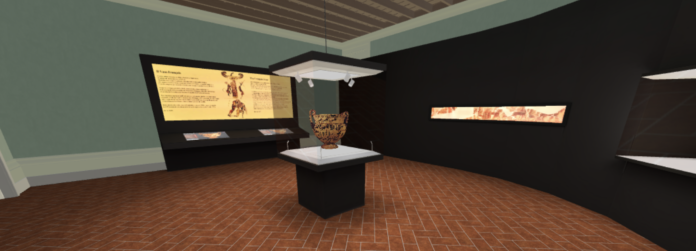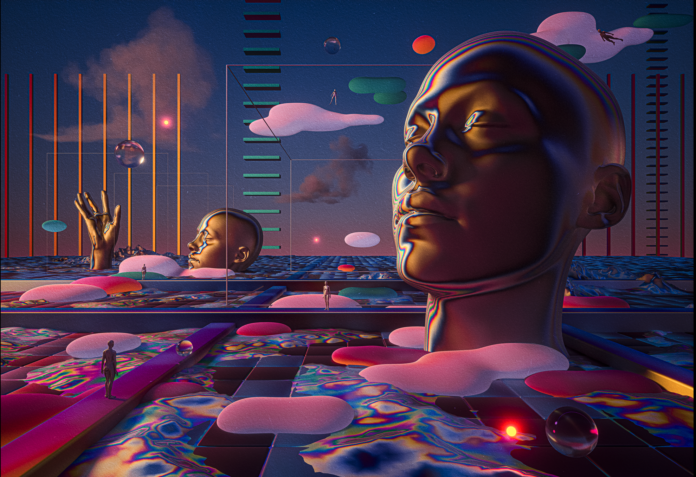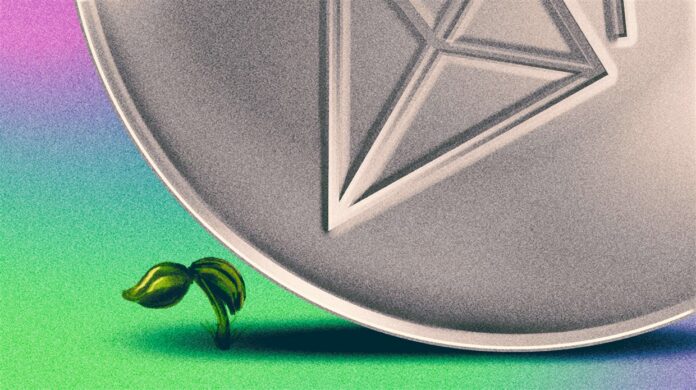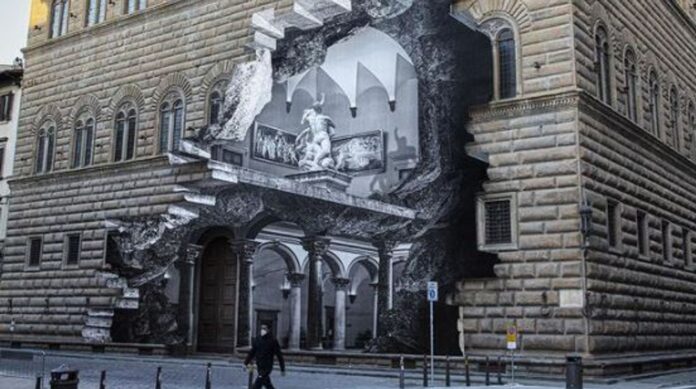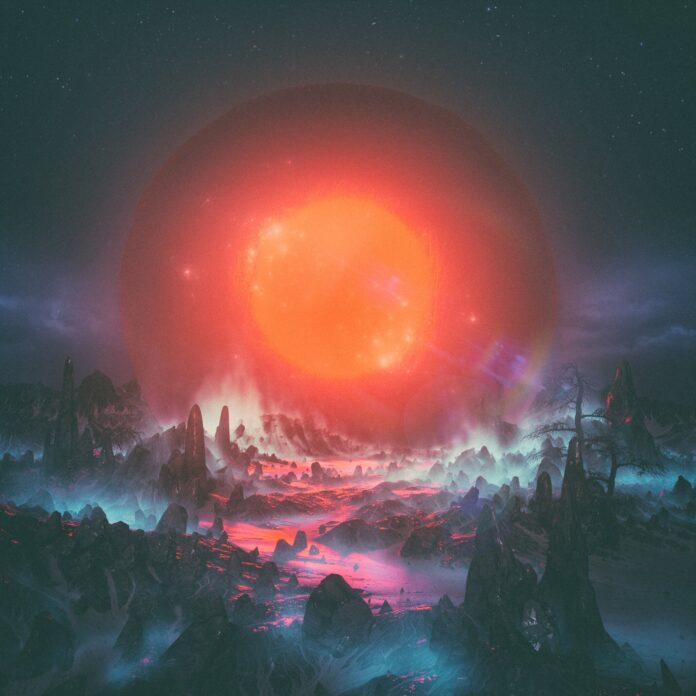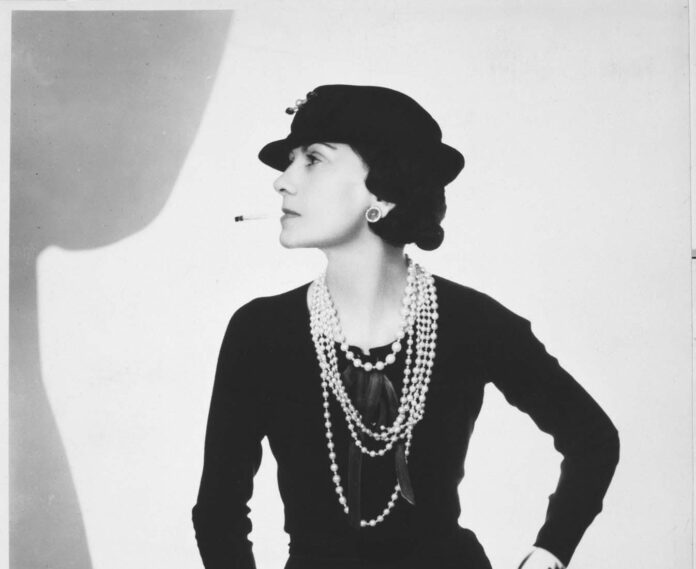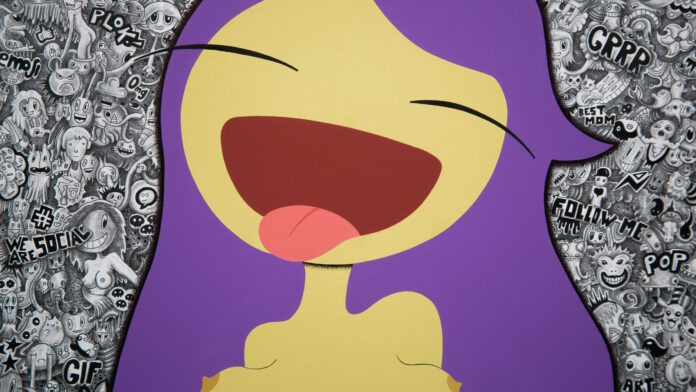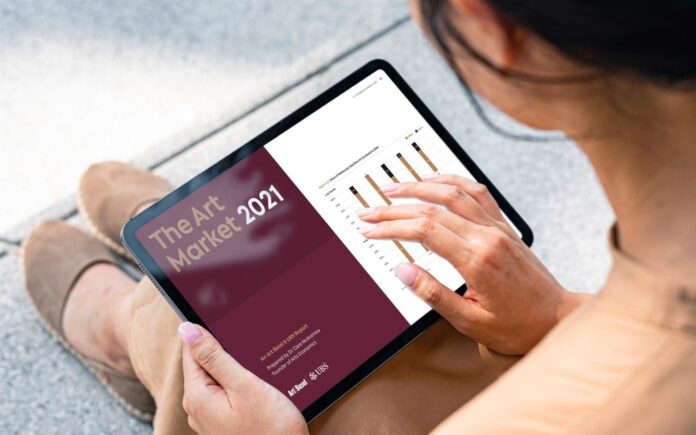The most famous Italian Crypto NFT Artists: Hackatao
Who are the Hackatao, the pioneers of Crypto Art NFT in Italy.
Behind every “art movement” that is born, there are visionary pioneers who from the beginning believe in something different, unique and special.
We are happy to have among the pioneers of the Crypto Art and NFT (Not Fungible Tokens) world two Italians, a man and a woman who under the name Hackatao have started their personal, and now shared, revolution.
Their name comes from the fusion of two words “hacker” , meaning “person who overcomes imposed limitations with creativity and ingenuity” and “tao” , meaning “all living“.
The name ‘Hack’ for the pleasure of going deep and discovering what’s hidden inside, while ‘Tao’ for Yin and Yang, their dynamic creative balance.
Hackatao’s artworks are often involved with major societal issues, the environment, humanity, and cryptocurrencies, as well as references to art history, symbolism, and psychology.
In these days, or rather in these hours we are experiencing a media assault on Crypto Art, for better or for worse, in which we are questioning the artistic, cultural, economic and related risks of speculation of this market and world, including the involvement of the world of “traditional” Art.
They may be a clear example of how Crypto Art, whether derived from Digital Art or not, can be based, at least for some, on solid artistic foundations and canonical paths of validation.
The duo was born in 2007 taking its first steps in the physical art scene, imposing itself in the Italian art market thanks to their surrealist pop style reminiscent of Murakami and Warhol.
The protagonists of Hackatao’s works are the Podmork, whimsical totemic creatures that are central to their artistic imagery.
In 2018 comes the turn to digital, seen as an opportunity to do something new and change the paradigm that has so far marked the traditional art market.
Recently, their latest drop on the Makerplace platform, made in collaboration with Argentine artist Jose Delbo, known for his comics for DC Comics, made $1.5 million in 15 minutes.
Unlike many, You come from the physical art world, what led you to get into Crypto Art?
For this we have to thank “Le Scienze” magazine, a January 2018 article about blockchain. Although it did not talk about NFT and Art, we immediately thought that this technology was perfect for the certification and creation of something new for art. So, armed with all our curiosity, we set out to research, with the same approach with which we approach the creation of an artwork. We met Jason Bailey, curator and popularizer, we believe the first one who has been able to define Crypto Art.
He introduced us to the guys at SuperRare and so it all started with them and a few other artists.
Although we were making art on canvas and ceramic sculptures, digital is in our DNA, so the declination came naturally, like a dam of expressive potential that opened up to a world of meaning.
Since the beginning we have believed that this new world had the potential to become a real paradigm shift for the art world, bringing together the expressive, immediate and memetic languages of our generation in a fluid, fast and dynamic market. That in fact has made possible the emergence of many artists who otherwise would have remained unknown at the international level.
You were pioneers and today you are among the most respected and quoted artists, how has this world changed since your entrance?
The beginning was mainly characterized by studying the technology, understanding its limits and applications. There were only a few of us. We realized early on that everything would evolve very quickly (1 year of blockchain is equivalent to 10 real years).
There were few artists who came from the physical art world, in general the spirit was “let’s create something new, out of the perverse logic of the art world”. For this reason, when similar dynamics were replicated, the debate within the community became very heated.
One phrase I used to repeat as a mantra to those who were entering this world was: “It feels like Zurich or Paris in the early 1900s. In fact, there are affinities with the Dada movement and the avant-garde movements of the time.”
The pioneering spirit of the early days has not faded, but rather is being amplified as new and important players are entering. This spirit I believe will remain alive for several more years.
The groundwork has been laid, but there is still much to build.
We are now seeing the arrival of established celebrities or artists/influencers who are having a major impact on the market and popularization of NFT and Cryptoart, sometimes overshadowing the early artists who helped create the foundation of this space.
But we are also seeing research work, by some big collectors, geared towards the origins of the movement. This is to say that there is also a lot of room for those who want to tell the story of the movement that, thanks to blockchain and social, is there waiting to be investigated.
If we were to do a sketch of your collectors, who are they and what dynamics govern their passion for Crypto and collecting?
First of all they are located all over the planet, they are young people between 0 and 40 years old. The big collectors are usually entrepreneurs/innovators/founders who head companies operating in hi-tech, web, blockchain, etc… then we have a band of collectors who come from the world of trading and operate as speculators (a form of speculation that sometimes acts as a flywheel for unknown and emerging artists).
A wide range of collectors, less strong from the point of view of economic availability, but passionate about the Crypto world and Art, perhaps are the true soul of the community as they love to experiment with new applications of NFT, new platforms and collaborate closely with artists and developers.
Can we talk about a real new artistic current? And, in your opinion, how will this world evolve?
Some argue that the Crypto Art movement died at the end of 2019, taking into account the first two years in which “being there to build something new” was fully manifested.
We don’t really agree, the Community has grown stronger, perhaps specialized, but the fundamental definition of crypto art defined by Jason Bailey still stands.
And it can be seen as a true decentralized movement.
Of course now we are witnessing the arrival of people who think “hey here we make money, I have some images, I tokenize them… wow I get rich” pushed also by the mainstream media that only talk about figures and sales records, leaving out that we are building a new cultural paradigm with new market dynamics.
Evolution? Arguably, the Blockchain, given the philosophical and political implications behind its creation, will change not only the art world, but other worlds.
There will be a backlash against this change from Boomers… We believe the paradigm shift will happen, hard to counter mass adoption planet-wide.
Specifically in the art world, I believe there will be a symbiosis between Cryptoart, NFT and the traditional world. But first, to quote Sugar, “We predict floods.”
And are you ready to find out how the Hackatao will change the art world?
We just have to wait and see the evolutions, now more and more, between physical and digital.
Photo Credits: Hackatao



